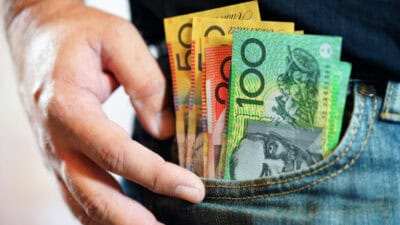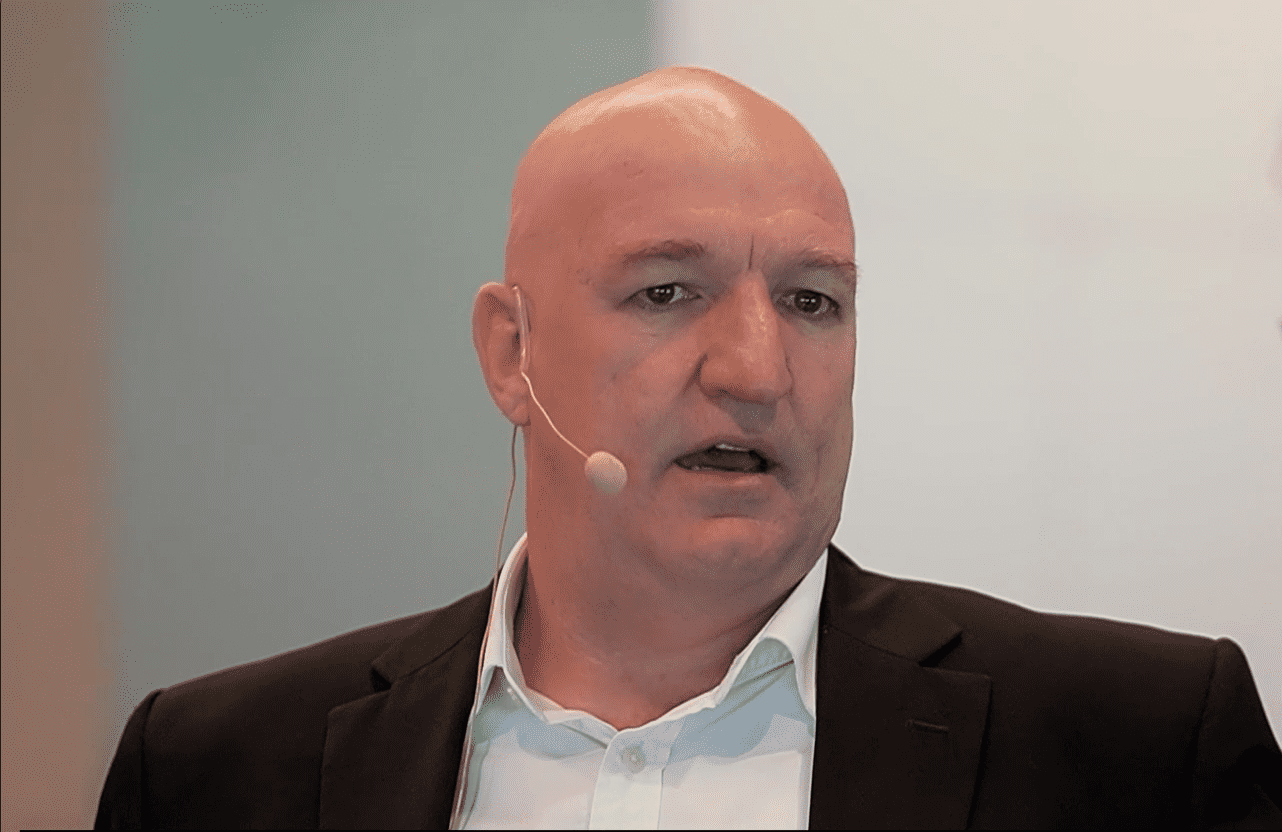Receiving lots of ASX passive income sounds like a great life to me – loads of cash flow coming in without us having to work more and more for it.
But how can we create that cash flow of investment income? Buying a property can require tens of thousands of dollars. It could take a long time to save that much.
The great thing about investing in ASX shares is that we don't need to save a ton to be able to start investing. In fact, some brokers allow us to start investing with as little as $500.
I wouldn't necessarily try to find something that has the biggest dividend yield around because those sorts of businesses don't typically have a reputation for long-term stability or continuous growth. There are lower-risk investments we can buy to start making ASX passive income for our portfolios.
Individual ASX shares
Australian companies are some of the most appealing businesses for dividends because of both the franking credits and the generous dividend payout ratios (to distribute those franking credits for shareholders).
I'd only want to invest in businesses that have a compelling long-term future, where earnings growth seems likely and that can assist dividend growth.
I'm thinking of businesses such as investment conglomerate Washington H. Soul Pattinson and Co. Ltd (ASX: SOL), property owner Centuria Industrial REIT (ASX: CIP), water entitlement owner Duxton Water Ltd (ASX: D2O), telco Telstra Group Ltd (ASX: TLS), funds management business GQG Partners Inc (ASX: GQG) and Kmart and Bunnings owner Wesfarmers Ltd (ASX: WES).
I think there's a very good chance of the above businesses growing their annual payouts regularly in the coming years.
Exchange-traded funds
Exchange-traded funds (ETFs) can be effective options for ASX passive income because of how they enable investors to buy a portfolio of businesses in just a single investment, which is a great tool for diversification.
If investors want a portfolio of large ASX shares then there are a couple of options. There's one that let Aussies invest in dozens of high-yielding ASX businesses – Vanguard Australian Shares High Yield ETF (ASX: VHY).
The Vanguard Australian Shares Index ETF (ASX: VAS) allows Aussies to invest in the S&P/ASX 300 Index (ASX: XKO), which includes those higher-yielding names too, such as Rio Tinto Ltd (ASX: RIO), National Australia Bank Ltd (ASX: NAB) and Westpac Banking Corp (ASX: WBC). The VAS ETF also owns businesses better suited for capital growth.
There are other ETFs that can also provide a good dividend yield level, including Betashares FTSE 100 ETF (ASX: F100) and Betashares India Quality ETF (ASX: IIND), which provide exposure to the UK and India share markets, respectively.
Listed investment companies
One area of the share market that shouldn't be discounted for ASX passive income are listed investment companies (LICs), which enable us to invest in a company whose activity is making investments rather than selling products or services.
Part of the appeal of LICs is that they can utilise the profits of investment performance to pay a steady flow of dividends to investors.
The oldest and largest LIC – Australian Foundation Investment Co Ltd (ASX: AFI) – has been very consistent with its dividends this century.
Other LICs which appeal based on their dividend records include WAM Microcap Ltd (ASX: WMI), WCM Global Growth Ltd (ASX: WQG) and L1 Long Short Fund Ltd (ASX: LSF).









